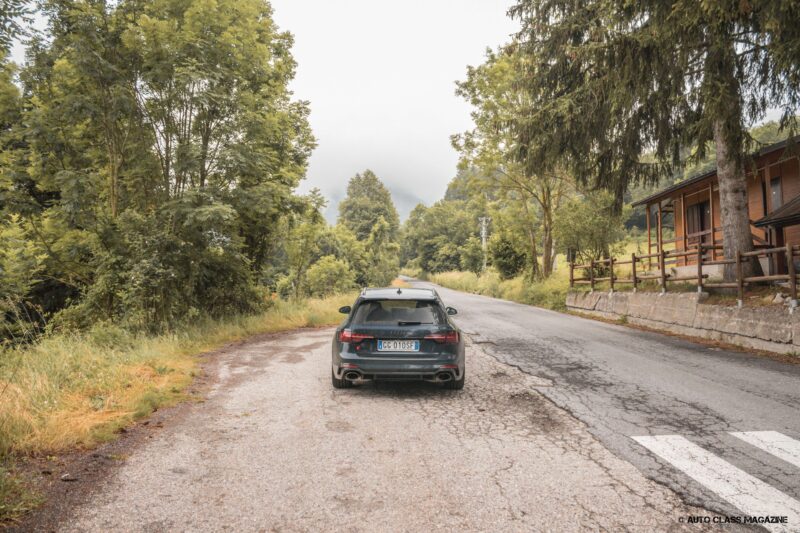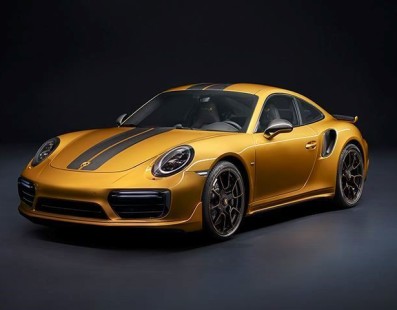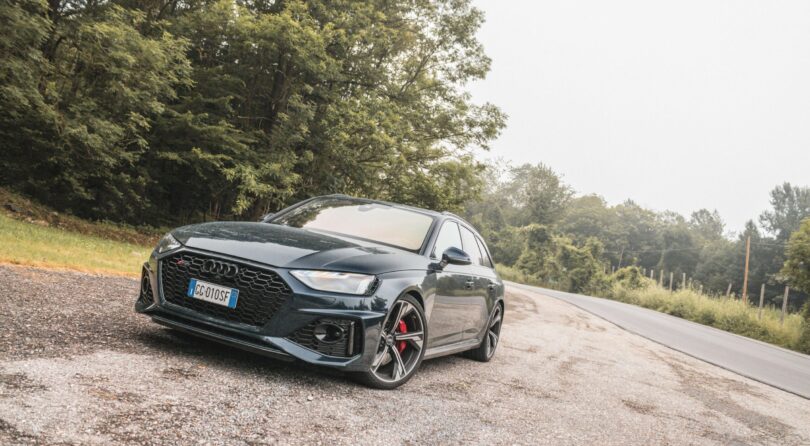
Audi RS4 Avant | Test Drive
You can’t give up on speed, but still need to move a family around. Who said you have to compromise or buy two cars? An Audi RS Avant is the answer that everyone has agreed on for decades and the new RS4 raises the bar considerably, up to intimidating its RS6 sister.
Words Andrea Balti / Photos Bruno Serra
Let me introduce the situation: you are one of those who cannot help but be rude with the throttle, regardless of whether it is a winding mountain road, or a stretch of motorway with no speed limits. In a car you look for performance, but that is not an end in itself. On road behavior is fundamental, as much as the possibility of using every last bit of horsepower and putting a torque reserve that could move the earth’s axis to the ground. The list of cars that could end up in your garage is extensive, but there is only one space and you have a wife, two children and a dog. A big dog. Ah, you like outdoor sports, so the trunk will have to be pretty roomy and maybe you’ll even be able to load something on the roof. That’s where supercars disappear like the alarm clock interrupts a beautiful dream. But there is a solution that has been saving enthusiasts from ending up in a mental hospital for years and it is called RS4 Avant.
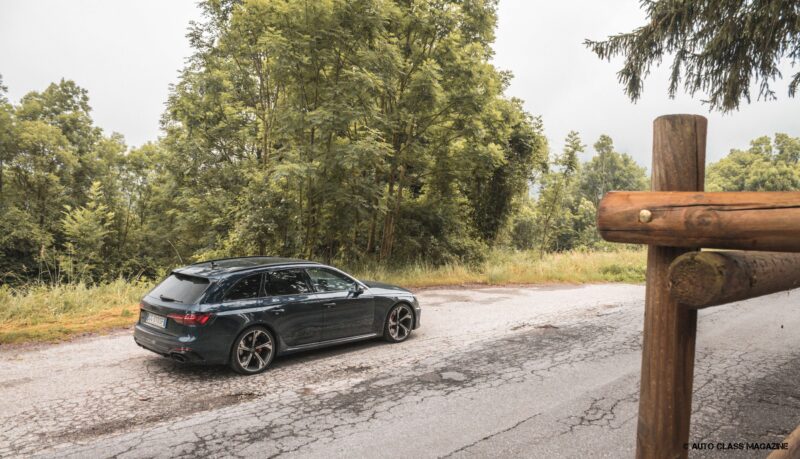
Changed in 2017, when it abandoned the 4.2-liter V8 in favor of the new 2.9 twin-turbo V6, the RS4 Avant undergoes a subtle restyling in 2019 and presents the version called B9 as the most compact alternative to the queen of all performance wagons: we are talking about the RS6. Smaller dimensions which are reflected not only in a smaller size, but in a different dynamism to the point of confirming how these two models are perfectly separate entities and which are aimed at a very distinct clientele. With five seats, five doors and a load compartment of at least 496 liters, the RS4 Avant seems the ideal solution to the eternal dilemma of how to have a sports car which is nevertheless suitable for the needs of a random family, also capable of living together in daily use thanks to less marked aerodynamic appendages which could even go unnoticed to an inattentive eye.
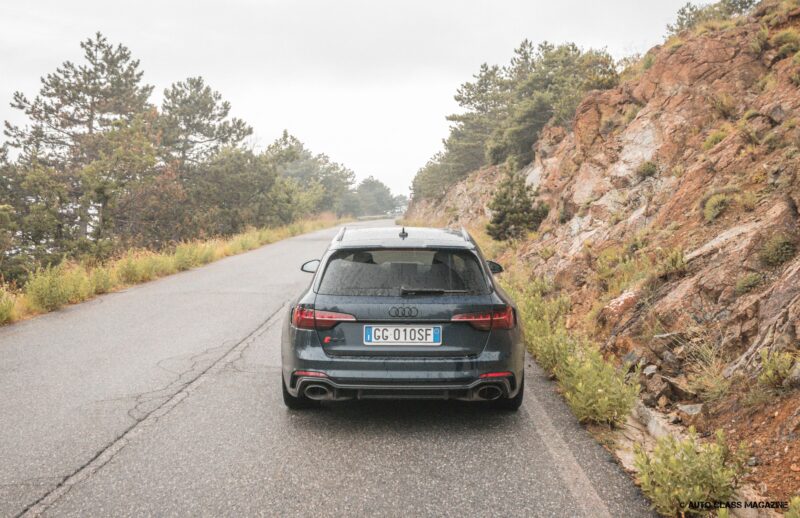
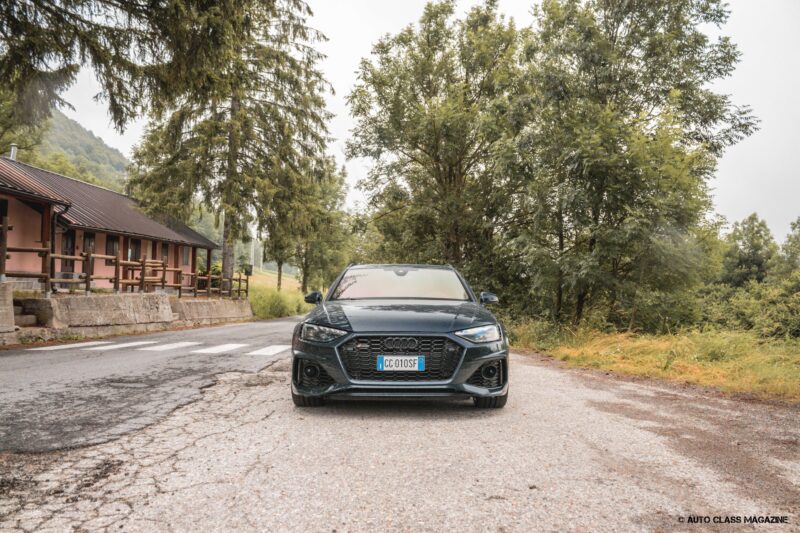
The transition from the V8 to the V6 has changed some cards on the table, keeping the maximum power of 450 horses unchanged, but now available at 5,700 rpm (instead of 8,250) and distorting the torque curve, now with a peak of 600 Nm at just 2,000, against the 430 Nm we had before (available at 5,500 rpm). This translates into a more substantial thrust which makes the RS4 incredibly agile in moving from one point to another on the road, taking advantage of the quattro drive connected to an 8-speed Tiptronic gearbox (used precisely to better manage the considerable torque output). With a weight of 1,790 kg (-300 kg compared to the RS6), I soon realize that I am behind the wheel of something that, once pushed to its limits, is capable of unthinkable things for this type of bodywork.
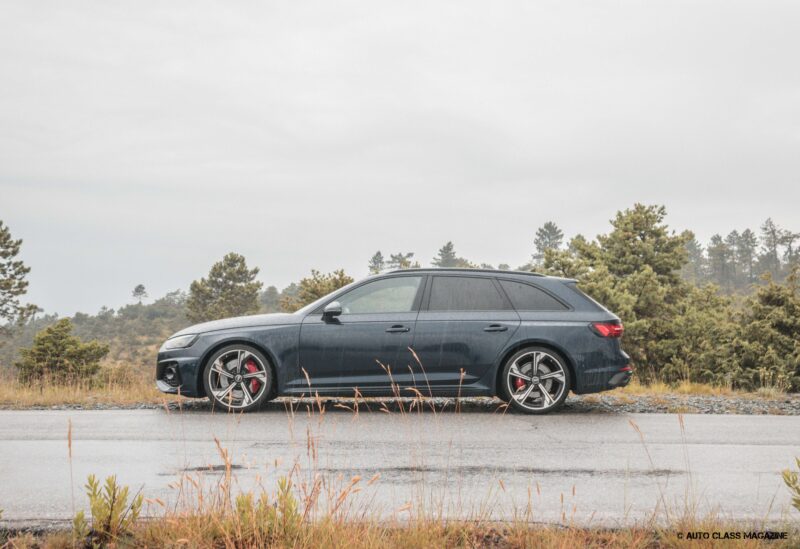
Some might argue that ultimately it has always been like this, that all RS4s have always been fast and able to transmit a livelier sensation of contact between driver and road, but the way in which the power is put to the ground and managed by traction is really different than what we have experienced so far. Enough to say that – if necessary – up to 70% can end up on the front axle, or up to 85% on the rear axle. Now imagine having put hundreds of kilometers of motorway behind, immersed in the most complete on-board comfort offered by leather seats, dual-zone climate and a precise and always easy-to-understand infotainment system. Once reached the exit, it’s time to recall Dynamic mode, or perhaps one of the two configurable RS modes positioned on the right spoke of the steering wheel, all once you’ve unloaded the rest of the family and perhaps even their respective luggage. This is where the fun begins, this is where you really realize that the comfortable kilometer-crushing family car is also an exceptional sports car.
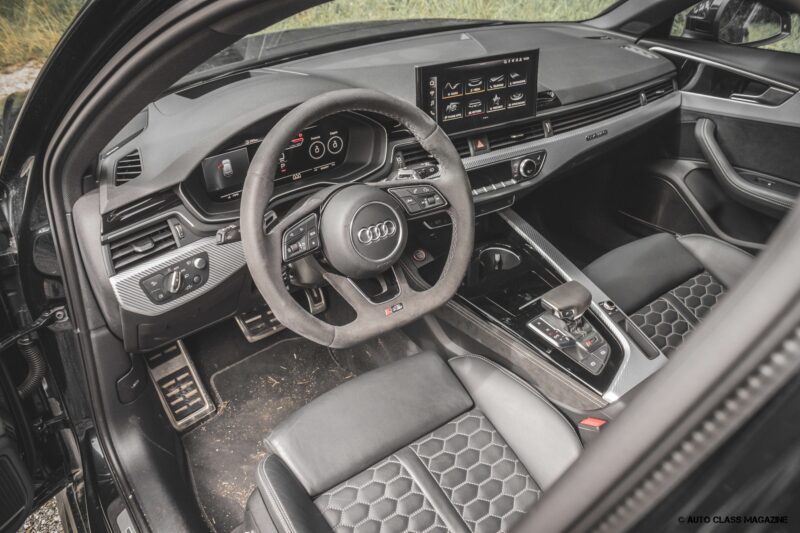
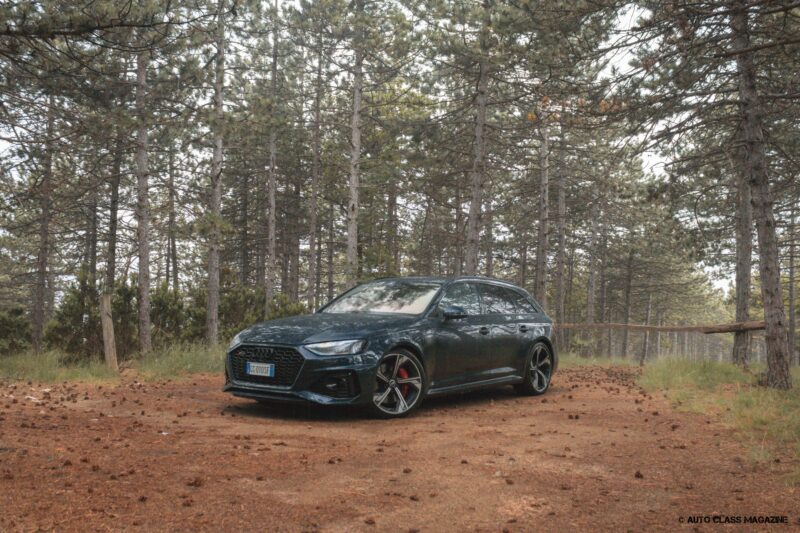
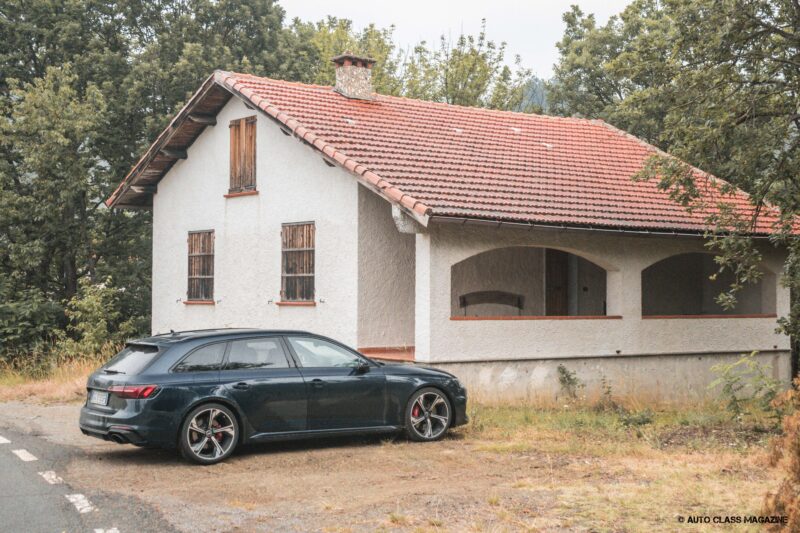
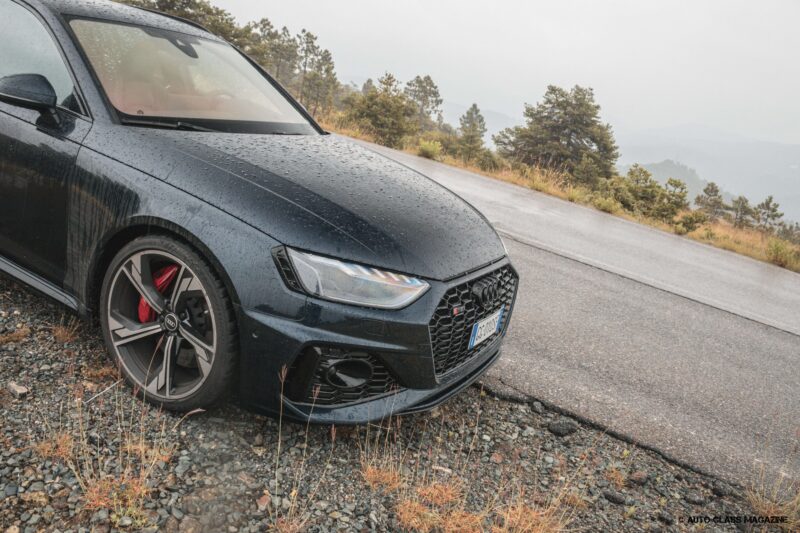
I would dare to call it a family supercar and I am sure that once you have tested the performance at hand, no one would dare argue otherwise. The 450 horsepower are delivered progressively and the 2,000/2,500 rpm attack is the threshold in which the increase in speed is directly proportional to the involvement which between the curves shows an excellent weight balance and traction management that in the ideal setting allows you to perceive how the rear axle best supports the most frenetic cornering, eliminating any hint of understeer or body roll. When shooting from a standstill it takes just 4.1 seconds to go from 0 to 100 kph and while the 600 Nm of torque pushes up to the 6,000 rpm line it is clear that the geographical limits are the only obstacle between your right foot and the 300 per hour of top speed, once the limiter that stops the speedo at the fateful 250 is excluded.
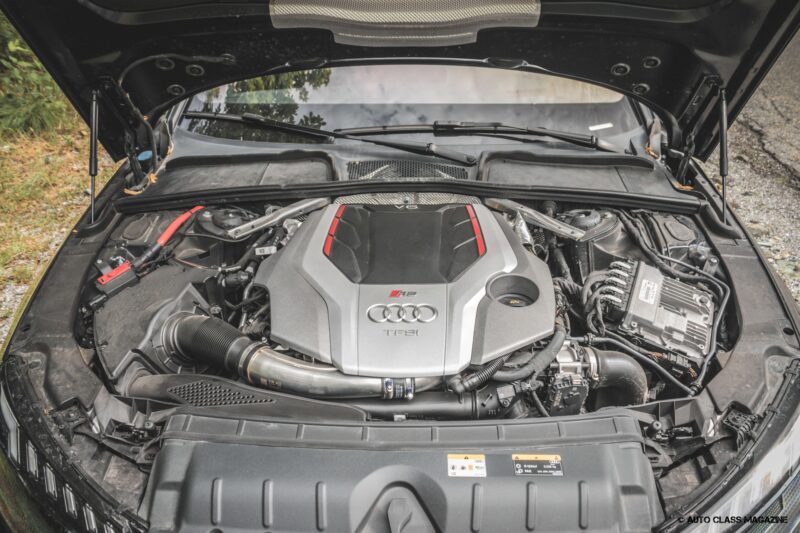
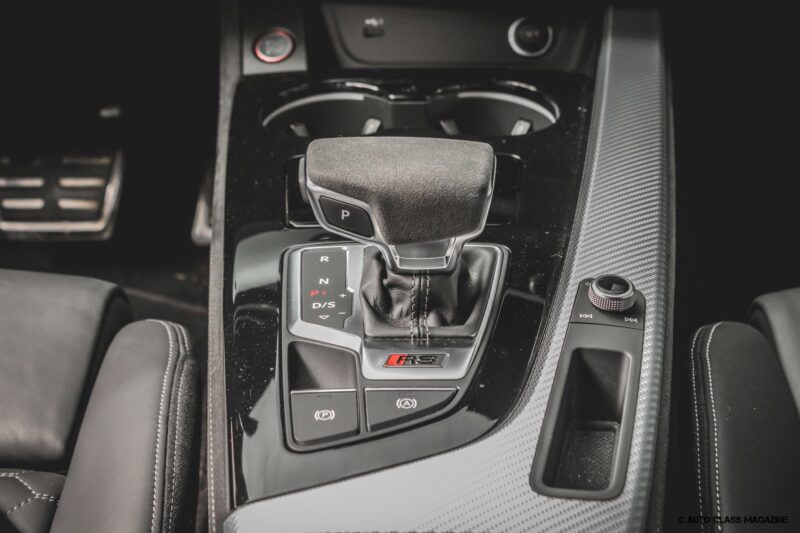
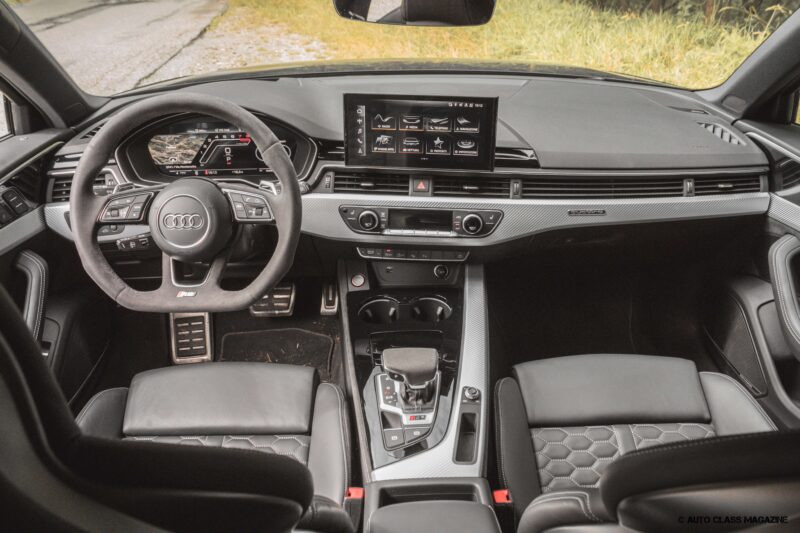
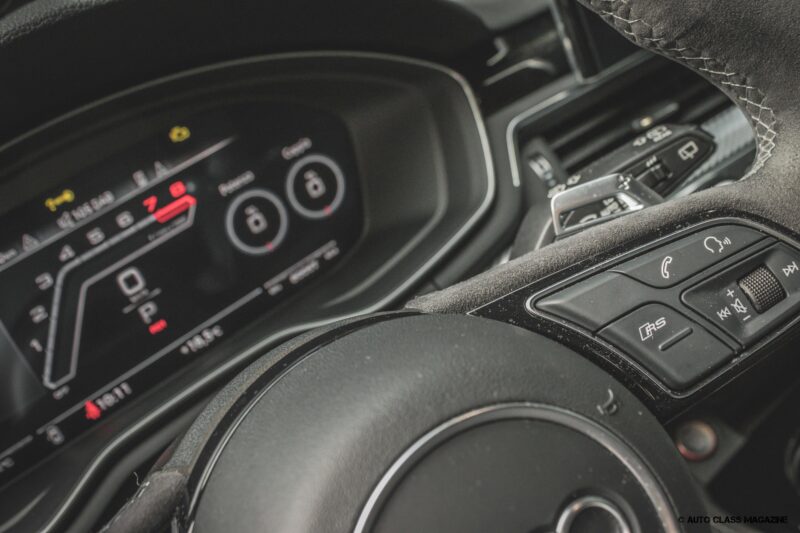
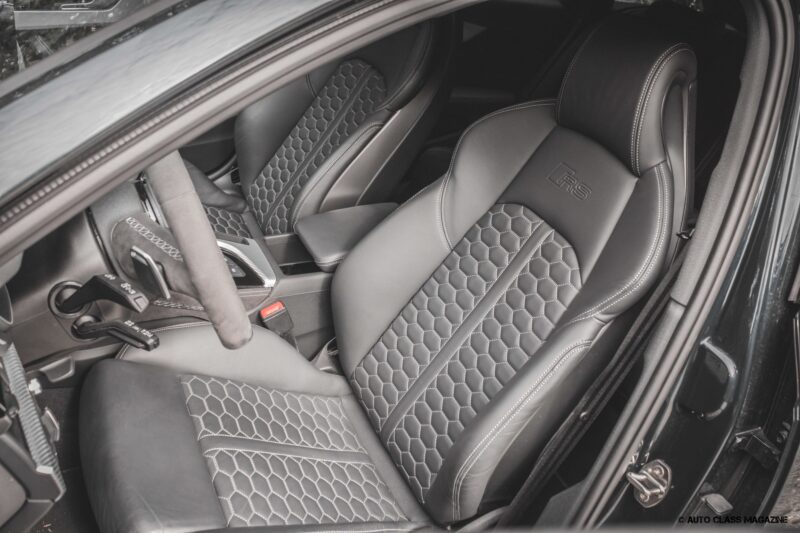
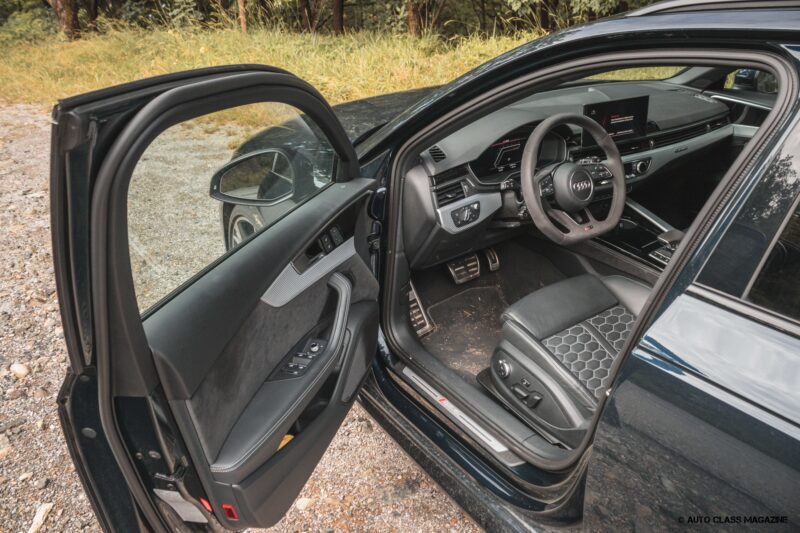
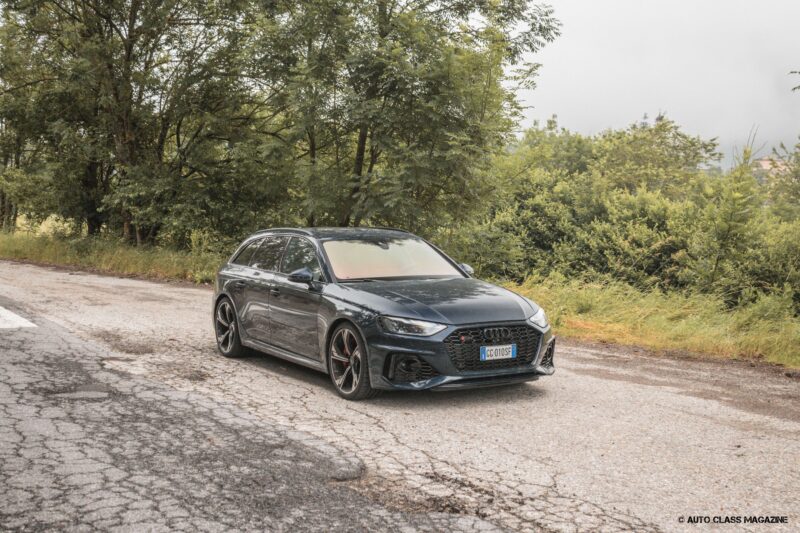
But the RS4 is not just speed and acceleration, this would be an understatement, too simple to call it a day. All it takes is a firm press on the gas and it essentially becomes like a video game, where you loop one curve after the other gripping the squared-bottom steering wheel and pinching the paddles for the next or previous gear, meanwhile it’ll do all the dirty work, even managing the smudges of the human being sitting in the driving seat. The strong point of the RS4-branded driving experience is the precision with which it is inserted into corners and it is in this situation that you appreciate a lighter weight compared to the RS6 – 1,790 kg – and dimensions that allow you to really get how the rear axle follows the front three-quarters the precise moment in which the wheels point to the next turn. It’s all too easy, but don’t make the mistake of calling it aseptic. Yes, because if unfortunately we give up a soundtrack suitable for the performances that are put into play, pure fun is guaranteed by a sincerity transmitted from the wheels to the driver’s back, a shock that creates addiction and which soon insinuates a doubt in me that I never thought I’d see it echoing in my head.
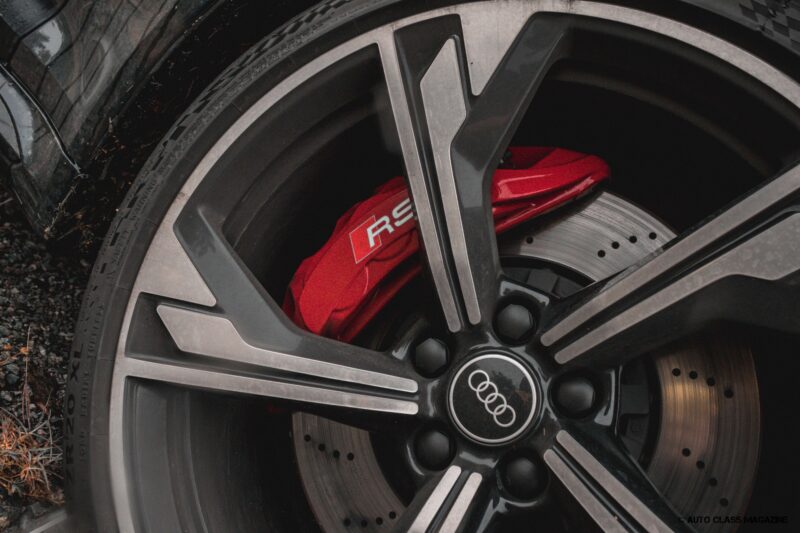
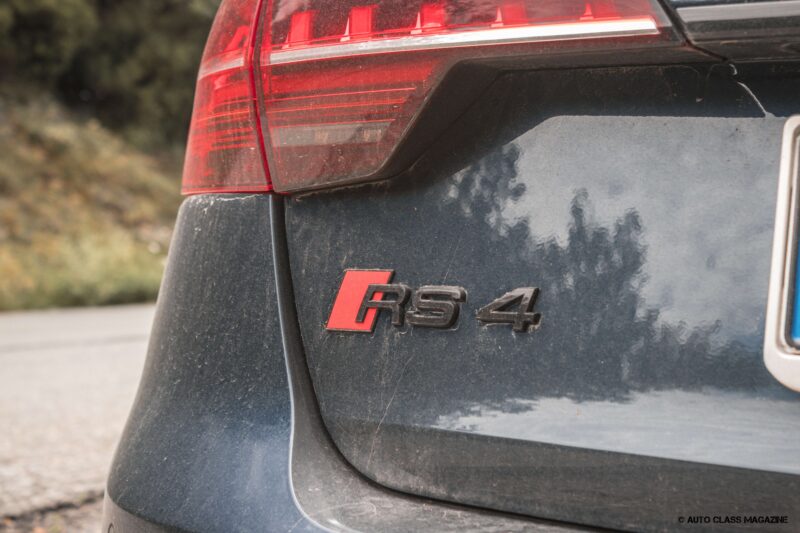
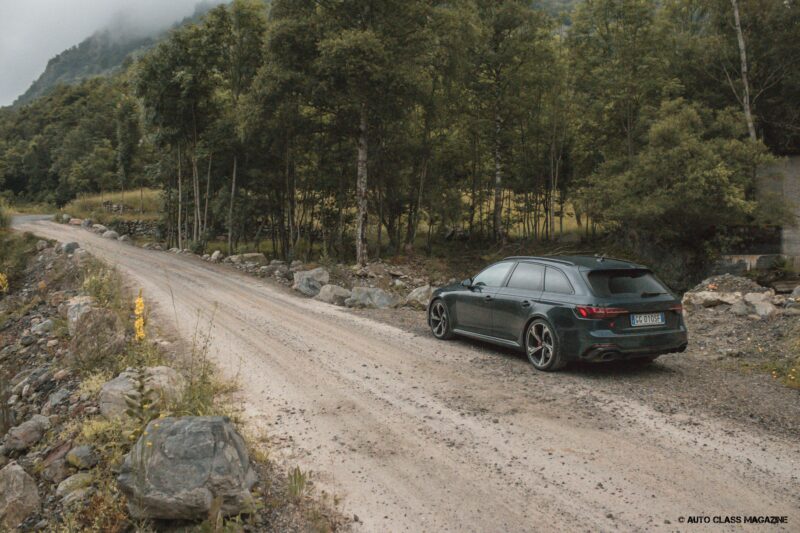
RS4 or RS6? This question does not have a universal answer and in any case foresees a 50% error, given that both models ultimately have a well-marked identity and offer similar solutions as far as approach to the need for performance and practicality. The RS4, with 180 horsepower less and a less belligerent look, does not have the disarming push of the RS6. For its part, it offers an option with a smaller size and lower cost, without feeling like a sacrifice or a fallback. Both are lethal on fast roads, but surprisingly effective around bends too. In short, whatever your choice, you can’t go wrong. I almost forgot, once again the four rings allow everything written above to be perfectly exploitable even with less than favorable weather and road surfaces, a bonus point that Audi continues to boast over the more demanding BMW and Mercedes counterparts.
AUDI RS4 AVANT
Engine V6 cylinder Twin-Turbo, 2.894 cc Power 450 hp @ 5.700 rpm Torque 600 Nm @ 2.000 rpm
Traction All-Wheel-Drive Transmission Cambio 8-Speed Automatic Gearbox Weight 1.790 kg
0-100 kph 4,1 sec Top Speed 250 kph Price €99.900
